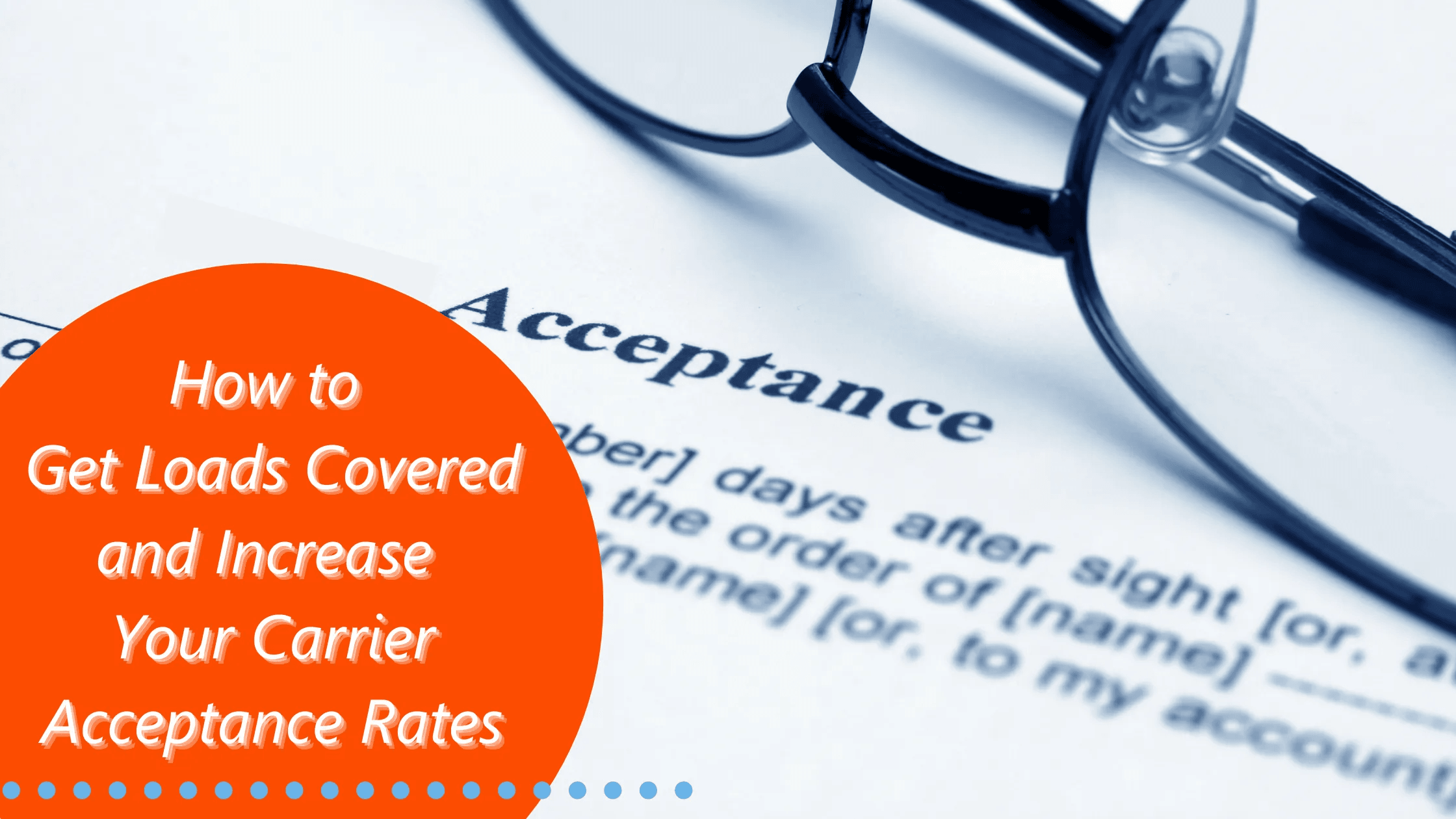



If you want to consistently secure capacity at good rates, you’ve got to make your freight appealing to carriers. And while it’s never been easy, getting your products delivered on time has never been more difficult than it …
In today's fast-paced business environment, labor shortages can pose significant challenges for companies looking to scale and grow. One innovative solution that many businesses are turning to is outsourcing.
So, what exactly is a 3PL? In a nutshell, a Third Party Logistics Provider (3PL) is a company that offers outsourced logistics services to help businesses manage various aspects of their supply chain operations.
Entering new markets is a business growth strategy that involves diversifying and growing your offering. A third-party logistics (3PL) provider offers immense expertise to help you expand your offerings and effectively scale your business.
The topic of dedicated logistics operations, whether in transportation or warehousing and distribution, typically elicits an array of responses ranging from “why wouldn’t we just do it ourselves” to “I can’t imagine trying to do this ourselves”.